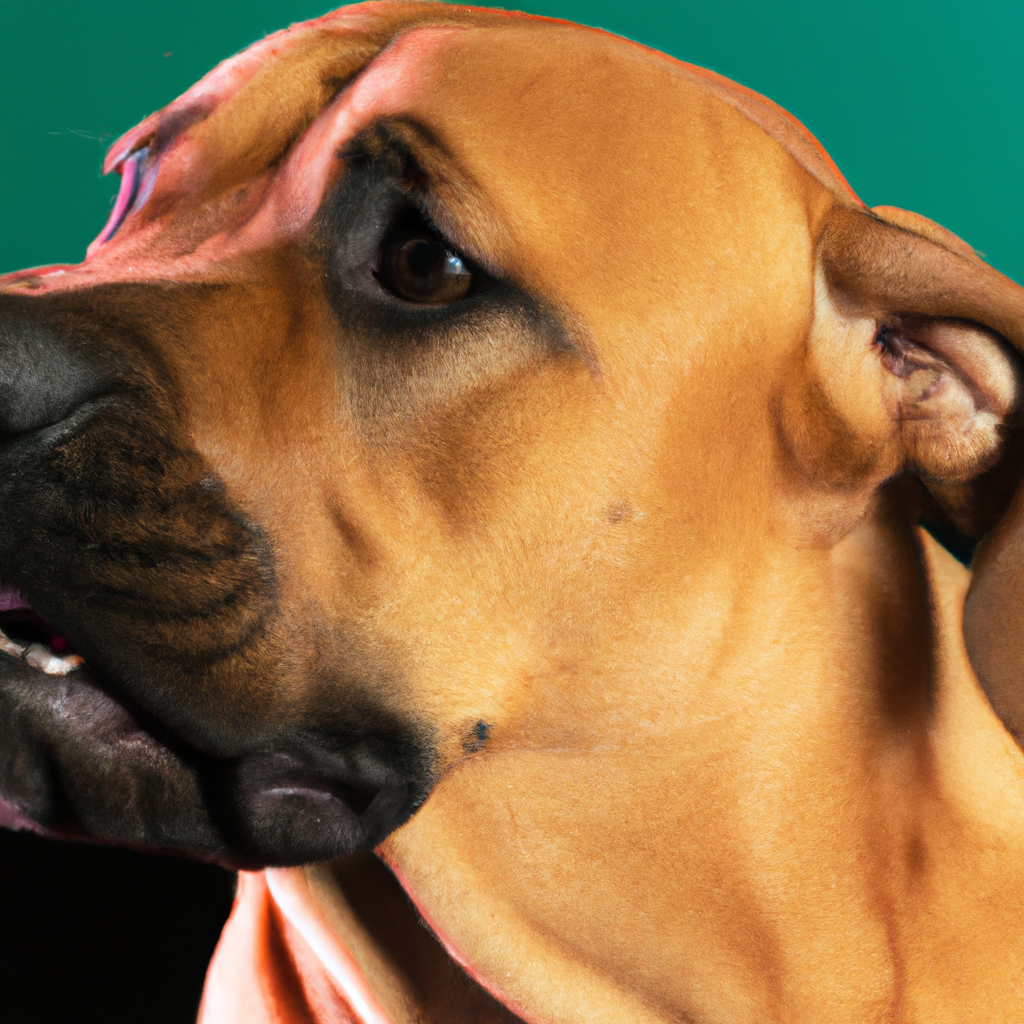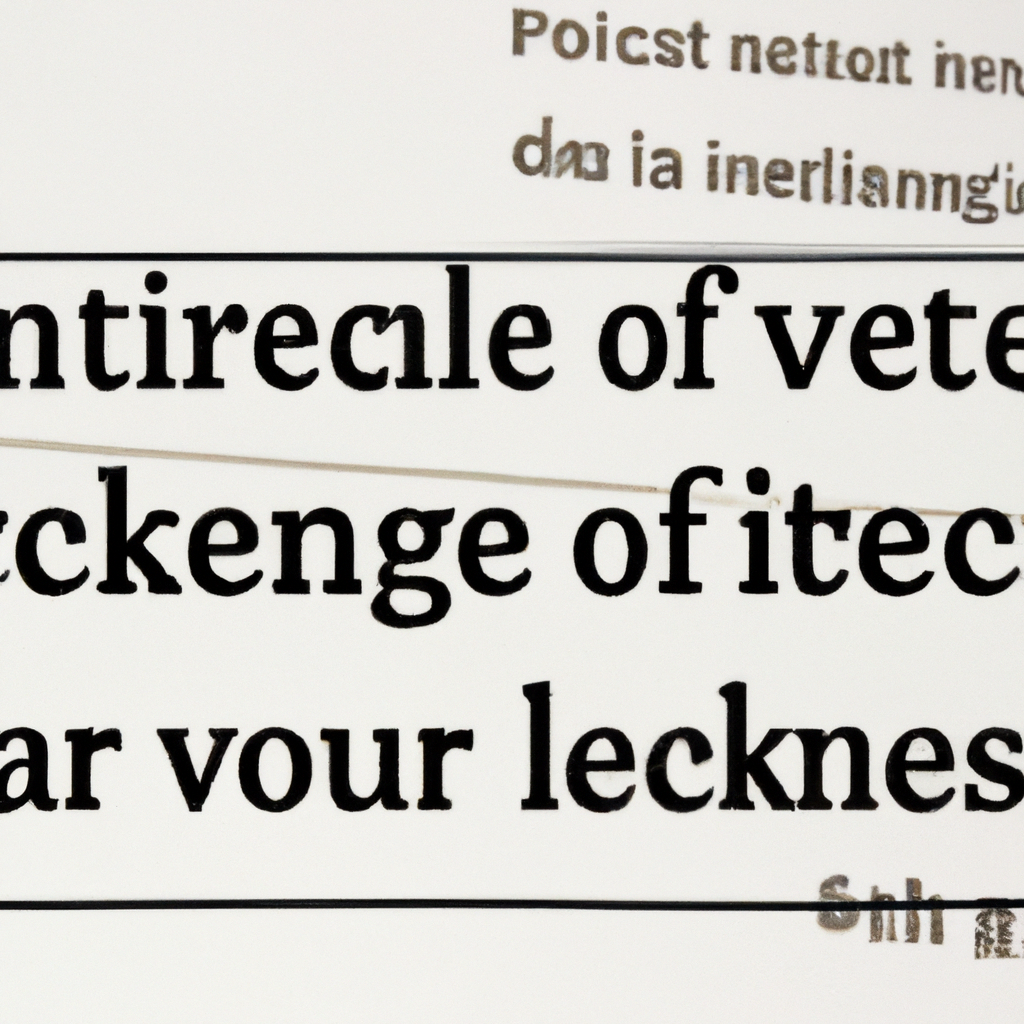Tips for Preparing Your Dog for Vet Visits and Procedures
Is it a barking nightmare when your furry friend pays a visit to the vet? Fret no more! With

Every dog owner has that moment of dread when they realize it’s time to take their beloved furry friend to the vet. The sound of the car keys jingling fills the room, and suddenly their tail tucks between their legs, ears droop, and those innocent puppy eyes become filled with apprehension. It seems like a universal truth that dogs have an uncanny ability to sense the impending doom of a vet visit. But fear not, for we are here to lend a helping paw and guide you through the magical world of preparing your dog for vet visits and procedures. In this article, we will explore some pawsome tips and tricks, unveiling the secrets to transforming your dog’s vet visits from nightmare-inducing ordeals into stress-free, tail-wagging adventures. So, grab a treat, leash up your pup, and let’s embark on this journey together. Get ready to unleash the power of knowledge, because your dog deserves nothing but the best care – minus the anxiety!
Creating a Positive Association with the Veterinary Clinic
When it comes to visiting the veterinary clinic, many pets experience anxiety and fear. As pet owners, it is our responsibility to create a positive association with the clinic to ensure our furry friends have a stress-free experience. Here are a few tips to help make your pet’s visits to the veterinary clinic a breeze:
- Create a calm atmosphere: Before heading to the clinic, devote some time to create a soothing environment for your pet. Playing soft music or using aromatherapy with pet-friendly scents can help relax their nerves.
- Positive reinforcement: Rewarding your pet’s good behavior during and after their visit is crucial. Bring their favorite treats or toys and offer praise and affection when they respond well to the vet’s instructions or treatment.
- Take regular “happy visits”: To familiarize your pet with the clinic, schedule regular visits that aren’t associated with any medical procedures. Let them explore the waiting area, meet the staff, and receive treats from the reception desk. This will help them associate the clinic with positive experiences and reduce their apprehension.
Remember, our pets are incredibly perceptive and can pick up on our own emotions. Stay calm and positive during their visits to the veterinary clinic, as your attitude can greatly influence their mood. By implementing these strategies, we can transform the vet’s office into a place where our pets feel safe and comfortable, ensuring their overall well-being.

Managing Your Dog’s Anxiety and Fear
Helping your furry friend cope with anxiety and fear is crucial for their overall well-being. Dogs, like humans, can experience various triggers that may cause unease and distress. Luckily, there are numerous strategies and techniques you can utilize to support your canine companion. Here are a few effective approaches to guide your dog through their anxiety and fear:
- Establish a safe haven: Create a cozy and secluded space for your dog where they can retreat to when they’re feeling overwhelmed. This designated area should be furnished with comfy bedding, soothing music, and dim lighting to create a calming atmosphere.
- Practice positive reinforcement: Encourage your dog’s confidence and lessen their anxiety by offering rewards and treats for desirable behavior. By using positive reinforcement techniques, you can help them associate pleasant experiences with situations that once caused fear.
- Engage in regular exercise: Physical activity plays a significant role in relieving anxiety in canines. Regular exercise helps to release built-up energy, reduces stress levels, and promotes better overall mental health for your furry friend. Consider daily walks, engaging play sessions, or even doggy agility courses to keep their mind at ease.
Remember, every dog is unique, so the key is to find what works best for your furry companion. Patience, love, and consistent effort are essential in effectively throughout their lives. By implementing these strategies and exploring additional resources, you’ll help your dog lead a happier, more tranquil existence.

Preparing Your Dog Physically and Mentally for Procedures
Preparing Your Dog’s Physical and Mental Well-being for Procedures
When it comes to preparing your precious furry friend for procedures, ensuring both their physical and mental well-being is of utmost importance. Here are a few tips to make the experience smoother for your dog:
- Exercise: Prior to the procedure, make sure your dog gets plenty of exercise to help maintain their physical fitness and tire them out. Taking a long walk or playing their favorite game can help reduce any anxiety or restlessness they may be feeling.
- Adhere to dietary guidelines: Follow any recommended dietary guidelines provided by the veterinarian in preparation for the procedure. This may include fasting your pup for a specific period of time before the procedure to ensure their stomach is empty.
- Socialization: Expose your dog to different social situations and environments to minimize stress and build their confidence. Consider taking them to the veterinarian’s office a few times before the procedure, allowing them to become familiar with the surroundings and meet the staff.
Additionally, mental preparation is key for your canine companion. Here are some strategies to help your dog stay mentally stimulated and relaxed during procedures:
- Training and enrichment: Engage in regular training sessions with your dog to keep their mind sharp and reinforce positive behaviors. This helps distract them from any anxiety or fear they may associate with procedures.
- Calming aids: Consult with your veterinarian about suitable calming aids such as pheromone sprays or natural supplements that can help promote relaxation. These aids can be used prior to the procedure to help ease any stress or anxiety your dog may experience.
- Positive reinforcement: Reward your dog with praise or small treats during and after procedures. This reinforces positive associations with vet visits, making future procedures easier for both of you.
Remember, the key to a successful procedure and a healthy, happy dog lies in comprehensive preparation, both physically and mentally. By following these tips, you can ensure that your four-legged companion stays calm, collected, and comfortable throughout the process.

Building a Strong Foundation of Trust and Communication
Trust and communication are the pillars on which strong and successful relationships are built. Without them, even the most promising partnerships can crumble under the weight of misunderstanding and uncertainty. To establish a solid groundwork for trust and effective communication, it is crucial to nurture certain key elements:
- Open and Honest Dialogue: Encouraging open and honest conversations creates a safe space for individuals to express their thoughts and feelings without fear of judgment or reprisal.
- Active Listening: Truly hearing and understanding what others are saying fosters genuine connections and allows for meaningful exchanges of ideas.
- Transparency: Sharing information willingly and being transparent about motives and intentions builds a sense of reliability and integrity.
- Respect: Treating each other with respect, regardless of differing opinions, fosters an environment where trust can thrive.
Building a solid foundation of trust and communication is an ongoing process that requires continuous effort. It involves sincere intention, patience, and a willingness to understand and be understood. With trust and effective communication as its bedrock, relationships can flourish, partnerships can prosper, and harmony can prevail.
Final Thoughts
As we bid adieu to this journey of preparing our beloved canine companions for their vet visits and procedures, we hope that the information and tips we’ve shared have infused you with a newfound sense of confidence and readiness.
Remember, dear readers, that just as we strive to provide the best care for our dogs, they too deserve a little extra TLC during these potentially anxiety-inducing moments. With patience, understanding, and a dash of imagination, we can transform vet visits into positive experiences for both our furry friends and ourselves.
As the sunlight gently fades, casting a soft glow over our lessons, let us not forget the importance of communication. Speak to your vet about any concerns or fears and take comfort in knowing that the veterinary team is there to support you every step of the way, in your shared journey to ensure your dog’s well-being.
Let’s embark on this adventure, not as mere humans, but as faithful companions, guiding our dogs through the maze of veterinary experiences. Through gentle touches, soothing voice tones, and systematic desensitization, we can rewrite the narrative of vet visits, transforming them from dreaded appointments into meaningful interactions that strengthen the bond between us and our cherished furry companions.
Now, dear readers, as we stand at the crossroads between preparation and execution, let us embark on our own odyssey towards nurturing a stress-free experience for our loyal tail-waggers. Armed with these tips and techniques, we can bravely confront the challenges that veterinary visits may entail, knowing that we have done our utmost to ensure our dogs feel safe, secure, and loved.
And so, as we part ways with these carefully curated nuggets of wisdom, may you find solace in the knowledge that you hold the key to a more harmonious journey with your four-legged friend. May the slobbery kisses, wagging tails, and boundless love from your loyal companions serve as a reminder of the profound impact we can make on their lives, even in the most daunting of situations.
So go forth, dear readers, with a sprightly spirit and a newfound zest to conquer those vet visits. Together, let’s pave the way for a brighter, calmer, and healthier future for our beloved fur babies.






